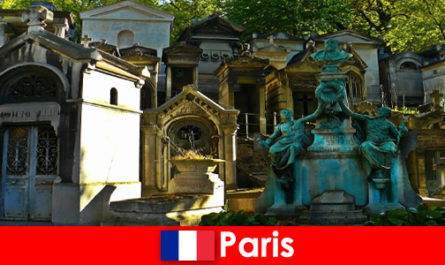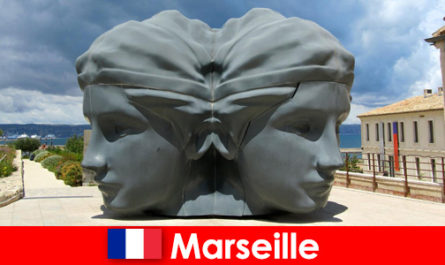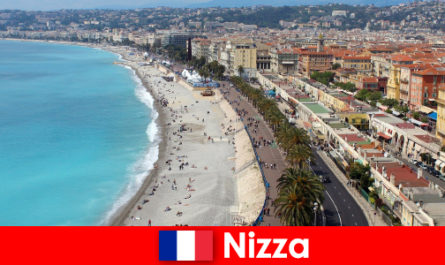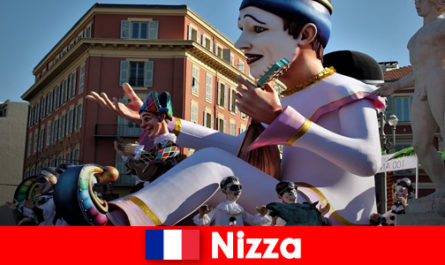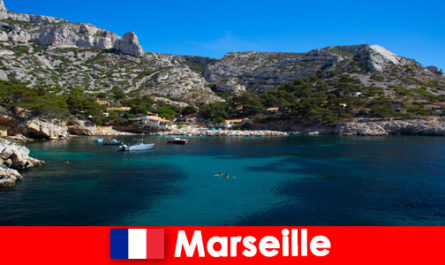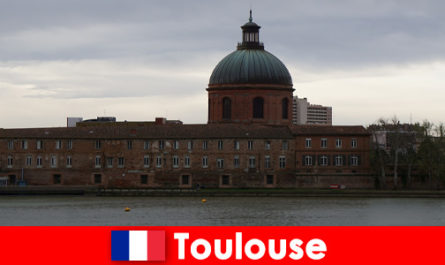Paris is a metropolis with a lot of history. Accordingly, there are numerous sights to see in the French capital, which have a lot to tell. Paris also offers a lot for art lovers. After all, the city was once the home and sphere of activity of Paul Gauguin, Pablo Picasso, Max Schüler and Henri Le Secq.
Experience Parisian history at the Eiffel Tower
The Eiffel Tower is the symbol of France and should not be missed when visiting the French city. After a construction period of only 26 months, the imposing attraction was completed on March 31, 1889. Since the elevator was not yet fully installed at this point, Gustave Eiffel had to climb the tower on foot. During the world exhibition, the Eiffel Tower was painted in noble red. Since then, the colors yellow, orange and a bright red have also been used. The Eiffel Tower is made up of three floors. If you want to explore the first two floors via the stairs, you have to climb a total of 765 steps. The sporting activity is recommended because the steep admission prices for the attraction are then cheaper. The elevator must be used to view the third floor. The former private premises of Gustave Eiffel are located on the highest platform of the Eiffel Tower. You can see a small, real-life wax figure scene with inventor Thomas Alva Edison and authentic furniture from the late 19th century.
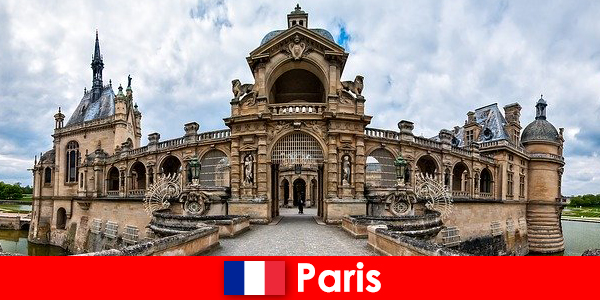
The early Gothic parish church of Notre-Dame
Notre-Dame Cathedral means “Our Lady” and is dedicated to Our Lady Mary. The impressive building is located on a small island in the Seine and captivates the viewer from afar. Around 12 to 14 million people visit the church every year. In addition to the art-historical significance for France, the important figure portals and the famous chimaera figures on the upper gallery deserve special attention. As some originals were smashed during the revolution, various elements such as the larger-than-life statues of kings on the central portal are new creations. The remarkable variety of medieval gargoyles makes the historic sight interesting for art lovers. There are three motif groups to admire with animals, mythical creatures and humans. The church was desecrated in the French Revolution and later turned into a wine cellar. With the reign of Napoleon, Notre-Dame was restored to its original use as a place of worship. In December 1804, the crowning of the successful general as emperor took place in the presence of Pope Pius VII. Victor Hugo’s book “The Hunchback of Notre Dame” from 1831 made the religious building the subject of sensual transfiguration.
Montmartre and Sacré-Coeur sights
Montmartre means Martyr’s Hill and is the highest natural elevation in the French capital. The Sacré-Coeur basilica sits enthroned on the summit, 130 meters high. The building not only offers a unique sight itself. The whole city lies at the feet of the visitor on the local mountain of Paris. The white facade of the Sacré-Coeur Catholic pilgrimage church has fascinated tourists since its creation in the 19th century. Seven architects worked on the building, so it probably took 39 years to complete. Even if 300 steps of the narrow, stone spiral staircase are a challenge, a visit to the dome is worthwhile. When the sun is shining, the church shines in an appealing light. It is not surprising that the steps in front of the cathedral are a popular meeting place for locals and visitors. With the Funiculaire de Montmartre, the climb to one of the most important sights becomes a historic experience. The cable car has been operating since 1891. At that time, however, the funicular was still powered by water ballast. Montmartre enchants as an authentic village as a source of inspiration and a true melting pot for art. The district exudes timeless charm. In the 19th century, the still rural district attracted numerous artists who could live a cheaper and freer life here than in the center of the metropolis. Even today there are many artists and artisans in the alleys who offer their works to tourists.
France’s capital and its resting places
Paris is home to cemeteries and the famous catacombs. Various personalities from France and other parts of the world are buried in the urban area. Stony tombs, creepy mausoleums and a very special atmosphere await at the Cimetière de Montmartre. In addition to countless cats, the tombs of Jacques Offenbach and Heinrich Heine can be found in its labyrinth. With the remains of Voltaire, Marie Curie and Victor Hugo, the Pantheon is the most magnificent burial site of the cemetery. The Père Lachaise is located on the outskirts of the city. Large parks and small chapels can be visited here. Jim Morrison, Oscar Wilde and Edith Piaf were laid to rest in this cemetery.
 Dansk
Dansk Deutsch
Deutsch Español
Español Français
Français Indonesia
Indonesia Italiano
Italiano Magyar
Magyar Melayu
Melayu Nederlands
Nederlands Polski
Polski Português
Português Русский
Русский Română
Română Tiếng Việt
Tiếng Việt Türkçe
Türkçe Українська
Українська български
български Ελληνικα
Ελληνικα 한국어
한국어 हिन्दी
हिन्दी 日本語
日本語 简体中文
简体中文